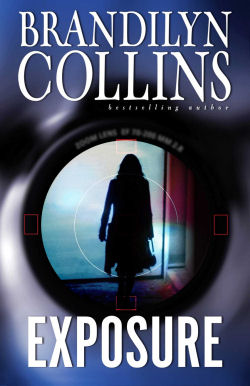|
A
few months ago we discussed how to write an effective first page in
your novel. (See A Compelling First Page in the October
2009 issue.) This month we look at the importance of the
first line. Remember, a novelist has about thirty seconds with the
typical browser in the bookstore to land a sale. Do you really want
that first line of yours to be a ho-hum sentence?
Three steps to reeling in the
browser with your opening line:
1. Create a hook.
A hook imparts just enough
information to raise questions. It makes the reader ask: Why? What?
How? What nugget can you tease the reader with? Something that will
immediately raise far more questions than it answers.
2. Choose the best
style.
Once you’ve decided on the hook,
find its most intriguing form, or style, for your scene. Your hook can
come in many forms: narrative statement, action, dialogue,
self-perception, description, etc.
Narrative
statement: Any man going on this mission wasn’t coming back. (Amber
Morn)
Action: They shoot the white girl first. (Paradise,
Toni Morrison)
Dialogue: “Ever hear the dead knocking?” (Dark Pursuit)
Self-perception: Before the accident, I never had to seduce a man in
the dark. (The Crossroads Café, Deborah Smith)
A note on action—if you go this
route, make sure the action is different or shocking enough to demand
attention. Toni Morrison’s line certainly is. So is Jerry Jenkins’s
opening of Riven: “With the man’s first step, the
others on the Row began a slow tapping on their cell doors.” The more
common action of a car skidding on a road, someone falling, even
running from a pursuer just isn’t compelling enough on its own, unless
the sentence is worded in a very unusual way. Further in the book such
action can be compelling because the reader knows the character
involved and has built empathy for him. But the reader doesn’t know the
character at all in the first line. Therefore the action on
its own face has to be a hook.
3. Set the tone.
|
Your
first line should carry the
same tone—lightness or heaviness—that runs throughout your novel. The
first two opening lines above carry a somber tone. They tell you the
novels will deal with serious issues and are not likely to end with the
world in perfect order. The third line has an eerie feel to it. The
fourth grabs your heart. Here’s one with a lighter tone:
Usually
the dwarfs kept bringing him back—back to the circus and
back to India. (A Son
of the Circus, John Irving)
Yet even in that lighter tone,
don’t you sense a certain hopelessness about whatever’s going on? The
word back is used three times.
Tone, when used effectively,
adds to the hook. Makes it even more intriguing.
Hook, style, and tone. That’s
how easy—and hard—the first line is. If you don’t come up with a
smashing first line as you write your opening scene, skip it and go on.
You may not find it until the entire manuscript is written. That’s
okay. The right first line is worth waiting—and sweating—for.

 |